Foreword: I saw a question in the Wukong Q&A last night, which is what is the art course for children between the ages of 3 and 13. After 12 o'clock in the morning, I sorted out the progress of the children I have seen over the years, the learning goals of each stage, and the needs of each age group a little bit. Wrote out an answer that I think is more complete. Reorganize today and share it with friends who need it.
The curriculum planning of children's art training is the core part of the organization. All work revolves around the curriculum, including the training of teachers, the training of course consultants, the positioning of prices, and the direction of enrollment. Therefore, a good art institution will first develop a complete art training curriculum system.
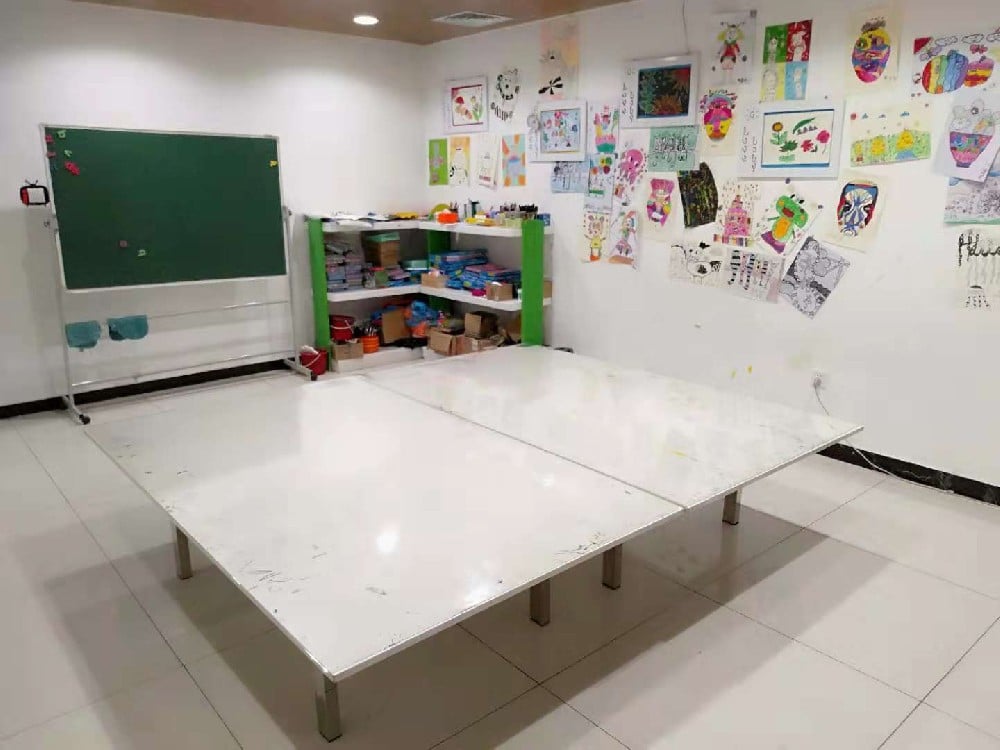
Children's Art Classroom
Children's art courses are now designed by most institutions from the age of 3, usually until the age of 12. This stage is the enlightenment period, stabilization period, and growth period for children to receive knowledge. Therefore, the curriculum should start from the basics and be connected step by step, which will be of great help to the child's later progress. A good curriculum system is also conducive to the teacher's designated teaching plan, and class management is relatively easier.
At the age of 3, children are in the color perception stage, and they are generally creative painting courses. Simply put, they are playing with dyes and coloring. I personally do not advocate that children learn art at the age of 3. For institutions, it is to help parents watch their children. At the age of 3, it is a parent-child class. Of course, in order to increase profits, commercial organizations will think of offering art courses at the age of 3, but there will be no excessive requirements for courses at this age. Parents and children have fun.That's good. Creative painting has always been advocated internationally, but there is no good development in China.
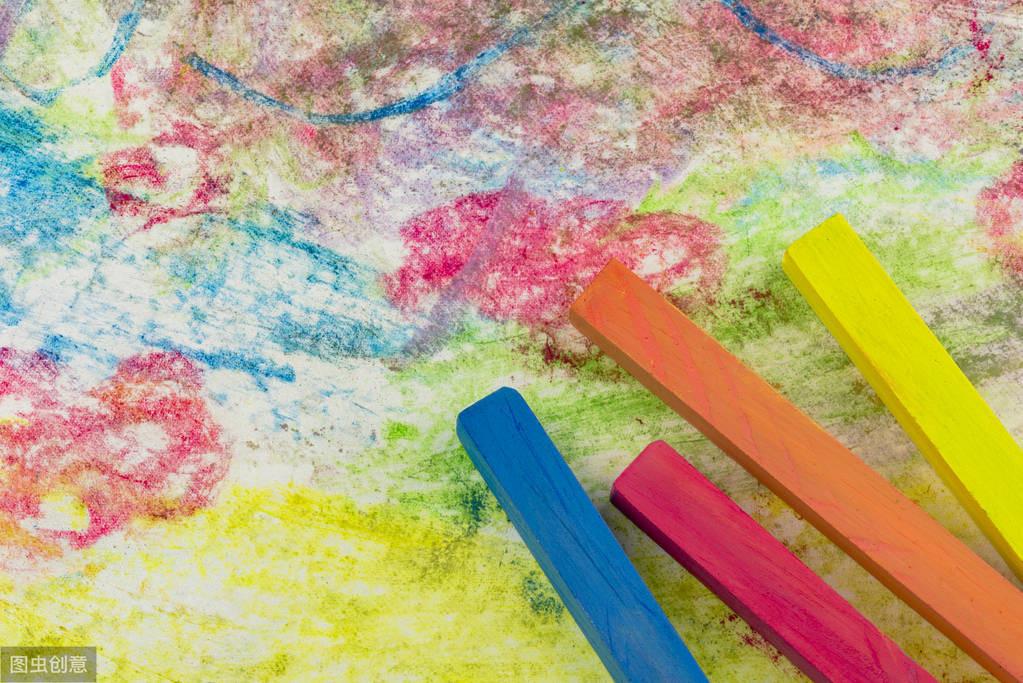
3-year-old color perception period
4 years old, children in the middle class of kindergarten, this age is the best basic learning age, you can hold a pen, you can exercise your child's lines, and paint with oil pastels. It is the basic stage course of children's painting. A small amount of gouache painting lessons are appropriately interspersed to increase children's interest.
At the age of 5, I am in a big class. After a year of children's drawing basics, lines, and coloring are already good. At the age of 5, I need to continue to consolidate the lines and coloring. You can intersperse a little watercolor pen, gouache painting, and handmade class content. Of course, children's paintings are still the main focus. At this stage of the course, a small number of theoretical knowledge points are added, such as the shading relationship, the contrast relationship, the understanding of cold and warm colors, etc.
Summary: The courses for 4-5 years old should be closely connected. 4-year-old children should recognize and learn to draw graphics in children's paintings, such as triangles, wavy lines, rectangles, etc. Courses after the age of 5 will add some more difficult lines and theoretical knowledge. Courses for each age group must lay the foundation for the next stage. The subject matter of courseware should be based on interest, and interest cultivation accounts for 60% of this age group.
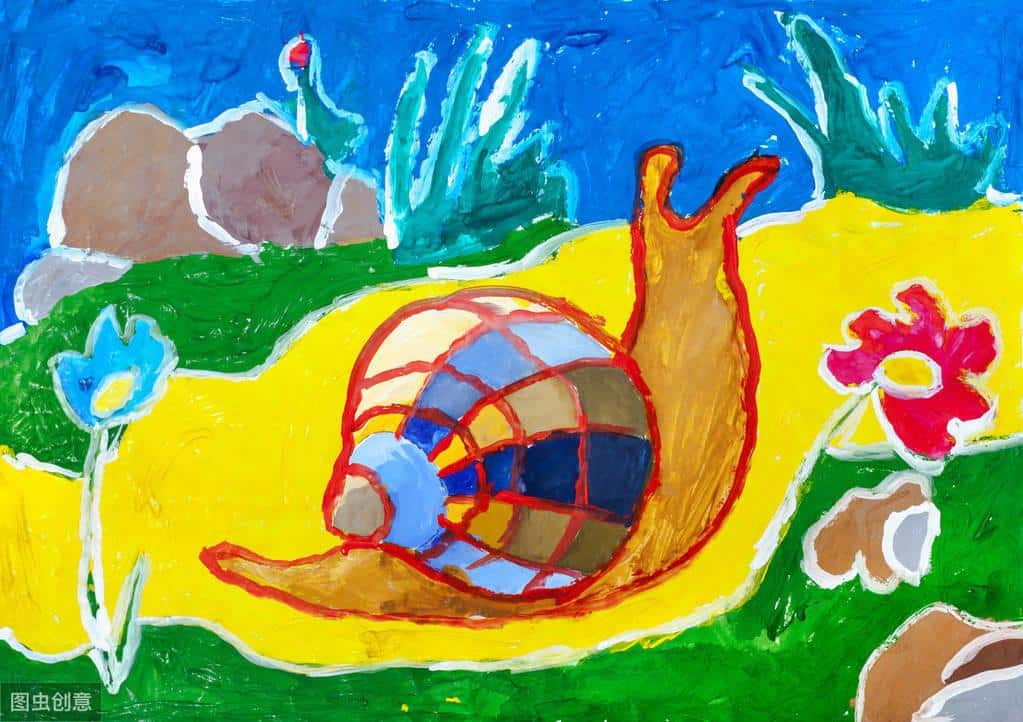
Children's painting
At the age of 6, they are basically in the first grade. After two years of training, the child's foundation is already very good. Black, white and gray can be touched, and then draw more colored lead content to exercise children's ability to use colored lead, and lay a good foundation for exposure to colored lead painting at the age of seven. The content of Chinese painting should be interspersed with a little bit.
At the age of 7, practice more color lead painting content, increase more theoretical knowledge points, basically leave the interest course, the course is biased towards the professional direction, and lay a good foundation for future sketching.
Summary: At this age, he gradually transitioned to a professional direction. At the age of 7, he began to be exposed to color lead painting and added more theoretical knowledge. The professionalism of courseware accounts for 60%, and at this age, interest is gradually developed.
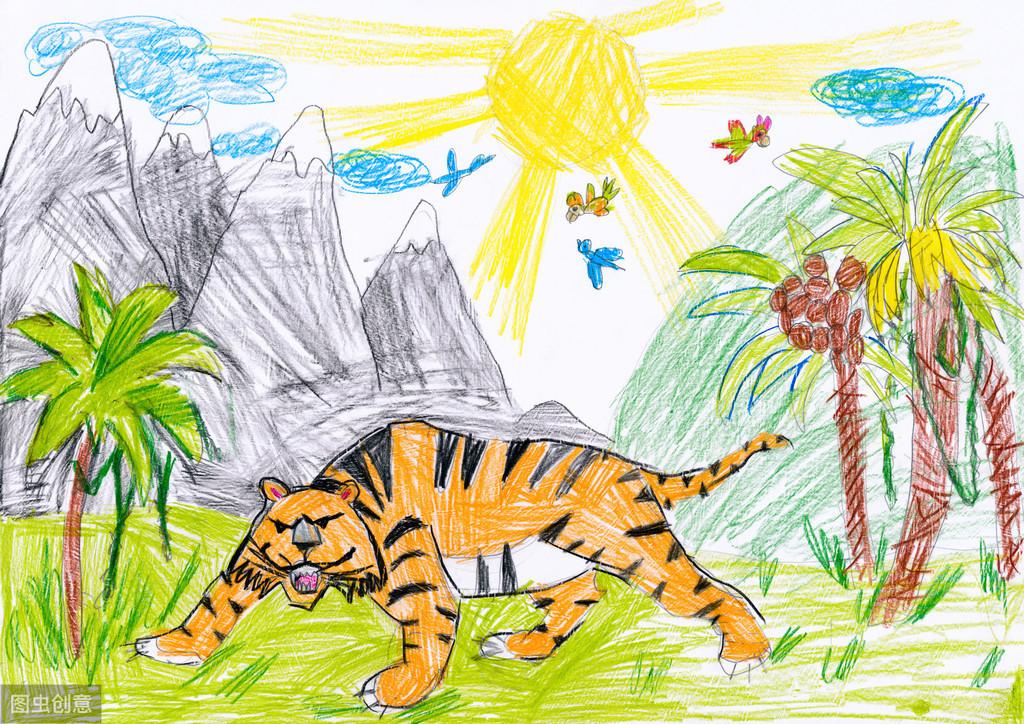
8 years old, mainly colored lead paintings, supplemented by other content. Color lead painting requires high skills, superposition of colors, gradient colors, and exercises children's observation and hands-on understanding.
In 9 weeks, theoretical knowledge increased, and mainly, the child's self-confidence was enhanced. Continue to consolidate the color lead course.
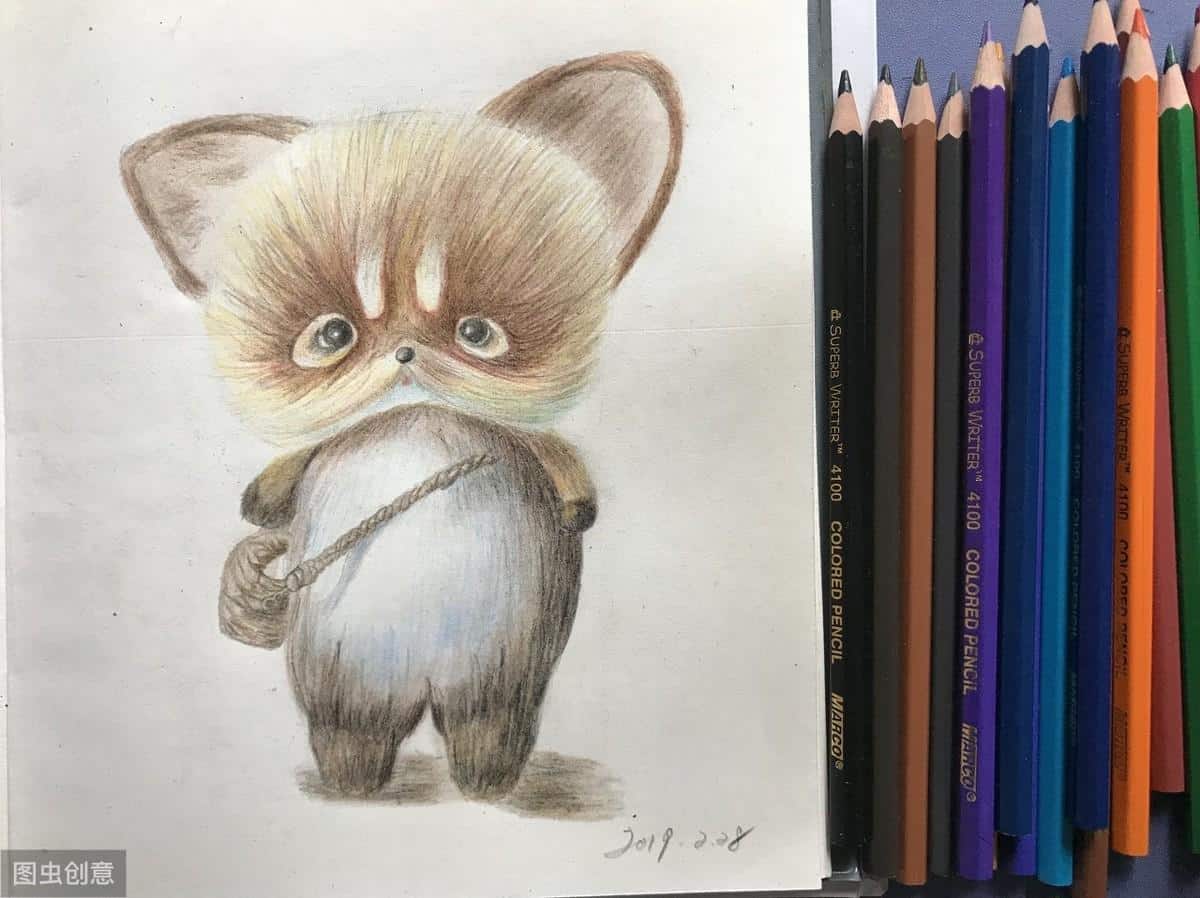
Color lead painting
From the age of 10 to the age of 13, they are basically sketching courses, interspersed with the content of oil painting, perspective relationship, distance and near relationship, and more complicated theoretical knowledge must be exposed to learning.
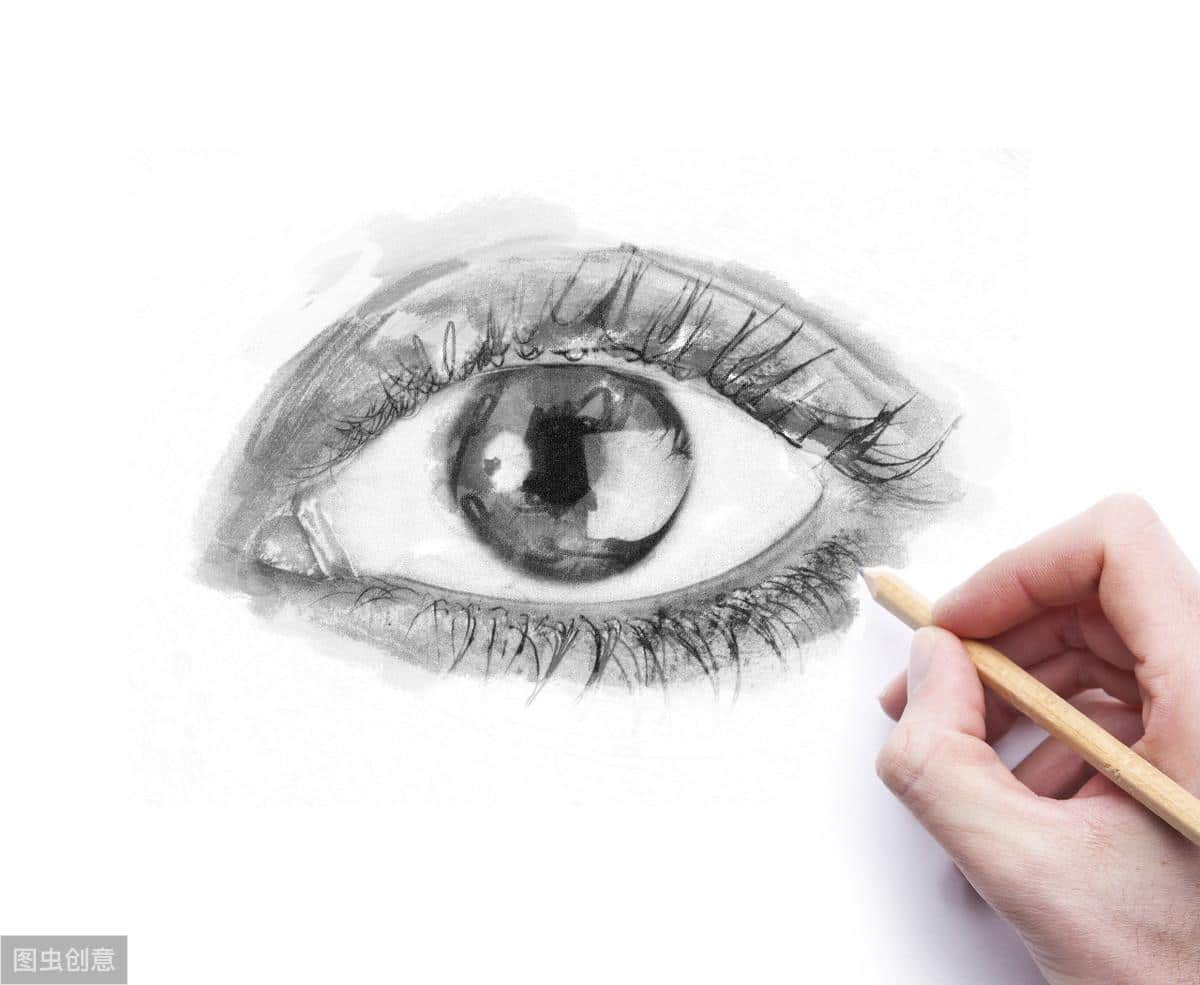
sketch
In layman's terms, before the age of 7, interest was the main focus, and after the age of 7, he began to cultivate in the professional direction. Interest cultivation is to make children have a strong interest in painting, and learn line and color knowledge in it. The skills of the hands have also been improved. After the age of 7, the proportion of professional classes will be larger. Lay the foundation for future sketches!
This is the curriculum practice of professional institutions. Some institutional curriculum design is called creative courses, such as painting with cotton, toilet paper, bark, melon seed skin, vegetable leaves and other materials. These courses can be appropriately interspersed with children, but they are by no means the main courses, and these courses are basically 6 weeks ago and belong to the category of interest cultivation.
Summary: This set of advanced courses is a relatively positive way of positioning. The training direction is the route of the high school entrance examination for children's art students. From basic hook lines, color understanding, and theoretical knowledge, they gradually learn sketch courses. Lay the foundation for the exam!


Leave a Reply